The Texas College of Osteopathic Medicine was founded in 1966. The school’s beginnings were based on a project that UNT President Calvin Cleve “C.C.” Nolen had originally started when he was involved with Texas Christian University as vice chancellor. Twenty students started classes in Fort Worth Osteopathic Hospital. Its beginnings were small, with administrators occupying a neighboring house with four rooms and a gross anatomy lab set up in a garage apartment. The facilities were growing, though, along with the number of students, and a local bowling alley was eventually converted for use by the school.
In 1971, during a Coordinating Board meeting and visit to the TCOM campus by allopathic and osteopathic professionals, members of the Texas State Legislature, as well as the Texas State Board of Medical Examiners, Dr. G.V. Brindley proposed the idea of TCOM partnering with another academic institution. TCOM’s Board of Directors chairman, Dr. George Luibel agreed, and so it was that Dr. J.K.G. (Joseph Kean Gwynn) Silvey established contact with TCOM at the Annual Convention of the American Osteopathic Association in November of 1971. In December of that same year, Luibel, Nolen, Dr. Henry Hardt (dean of TCOM), and Dr. Silvey met in Fort Worth to discuss the possibility of North Texas State University offering instructional services to TCOM.
From 1971 to 1975, Silvey led the basic sciences program as associate dean of TCOM. Several years of cooperative learning between North Texas State University and TCOM took place during this period. Students would take classes at North Texas University and at TCOM, with many offerings available in the Biology Building. With the expenses for classes increasing, it became obvious that NTSU would be better off merging with TCOM, seeking out full state support for the effort.
By 1975, Texas Governor Dolph Briscoe signed paperwork establishing that North Texas State University would absorb TCOM as part of its system. C.C. Nolen, J.K.G. Silvey, Gus Ferré (Nolen’s Vice President), A.M. Willis, Jr. (who served on the NTSU Board of Regents as Chairman) had played a role in this happening, along with numerous others who influenced the proposal.
C.C. Nolen then appointed Gus Ferré for administrative duties at TCOM for one year, returning to North Texas after his tenure, and once the medical school had a new appointee. Dr. Miles Anderson served in Ferré’s place at North Texas as Vice President during the September 1, 1975 through August 31, 1976 period. Afterward, Dr. Ralph Willard was appointed vice president for medical affairs, North Texas State University, and dean of the Texas College of Osteopathic Medicine. Willard’s appointment solved the issue of having someone as president of their own college and keeping TCOM’s affiliation in line with NTSU programming.
It was also deemed necessary that a name change to incorporate TCOM under the North Texas system should happen. The proposed title was North Texas State University/Texas College of Osteopathic Medicine, which later changed to University of North Texas Health Science Center/Texas College of Osteopathic Medicine or UNT Health Science Center/TCOM as it is still known today. By 1993, the school considered itself a health science center, and through a proposal, the legislature created the broader title of University of North Texas Health Science Center which includes a college of osteopathic medicine. This change, of course, also reflects UNT’s own renaming in 1988 from North Texas State University to the University of North Texas.
By September of 1990, TCOM had graduated 1,181 osteopathic physicians since the first commencement exercises beginning in 1974. Since that time, TCOM has continued to perform to standards of excellence in the osteopathic field. Today, graduates of the Texas College of Osteopathic Medicine practice medicine in careers throughout the state of Texas and TCOM is recognized as one of the top 50 primary care medical schools in the country.
In 1989, J.K.G. Silvey was awarded the TCOM Founders’ Medal. Other recipients include the first Dean of the Texas College of Osteopathic Medicine, Harry B. Hardt, Ph.D. (1990), Texas House Speaker, Gibson D. “Gib” Lewis (1978), Bill Hobby (1987) and a long list of individuals who contributed in some way to the history of the UNT Health Science Center.
— by S. Ivie, Associate Processing Archivist
- UNTA_U0458-035-035 Doctors and nurses during surgery, TCOM
- UNTA_U0458-035-033 TCOM students during enrollment at NTSU
- UNTA_U0458-035-032 TCOM Students in a Discussion
- UNTA_U0458-035-031 TCOM Freshman Students Bruce Hayward (left) and Mike Cawthon (right)
- UNTA_U0458-035-030 Lloyd Bentsen and A.M. Willis, Jr. at TCOM Reception
- UNTA_U0458-035-029 TCOM Merger Reception with Jane Gentry Smith (Vice President for Student Affairs, NTSU), Kenneth May (Regent), Dr. Gus Ferré center, (Vice President for Medical School) and Dr. Ralph Willard (Dean of TCOM)
- UNTA_U0458-035-027 A.M. Willis, Jr. signs legislation establishing TCOM as part of the North Texas State University System. Gus Ferré can be seen in the background.
- UNTA_U0458-035-026 Texas College of Osteopathic Medicine, East Town Clinic Building, c. 1975-1985
- UNTA_U0458-035-025 Texas College of Osteopathic Medicine, Campus Aerial Photograph, c. 1975-1985
- UNTA_U0458-035-024 Texas College of Osteopathic Medicine, North Texas State University – Building Photograph (Street View), c. 1980-1989
- UNTA_U0458-035-023 Texas College of Osteopathic Medicine, North Texas State University, 1989.
- UNTA_U0458-035-022 Architectural rendering of the Texas College of Osteopathic Medicine, Medical Building 1, c. 1970-1979
- UNTA_U0458-035-021 In 1975 Texas Governor Dolph Briscoe signed legislation establishing TCOM as part of the North Texas State University System. Gibson D. “Gib” Lewis is can be seen to the right of the Governor.
- UNTA_U0458-025-007 C. C. Nolen, North Texas State University President, c. 1971 – 1979
- UNTA_U0458-025-004 C. C. Nolen, North Texas State University President, c. 1971 – 1979
- UNTA_U0458-025-003 C. C. Nolen, North Texas State University President, c. 1971 – 1979
- UNTA_U0458-035-036 A TCOM doctor and patient
- UNTA_U0458-035-035 Surgery at TCOM
- UNTA_U0458-035-028 Texas Governor Dolph Briscoe at a TCOM groundbreaking ceremony
- UNTA_U0458-099-789-04 Dr. J. K. G. Silvey of the Department of Biology at North Texas State Teachers’ College, date unknown.


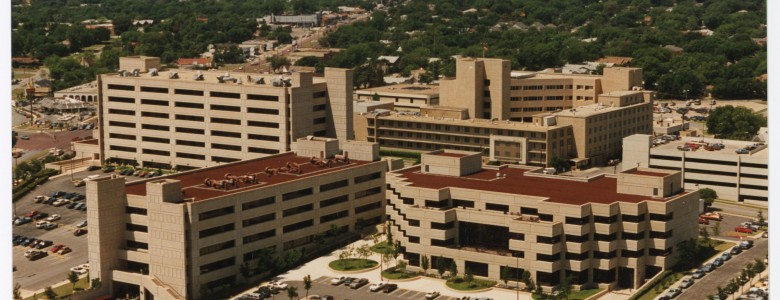
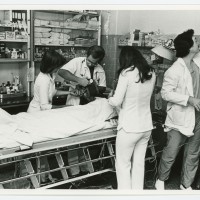
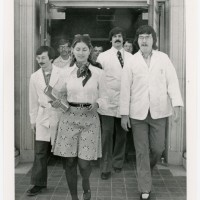

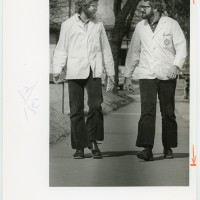
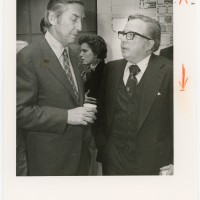
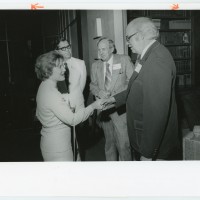

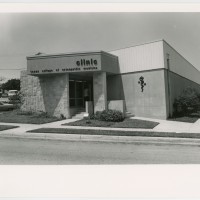
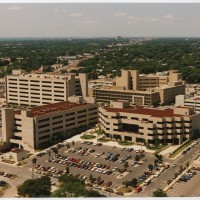
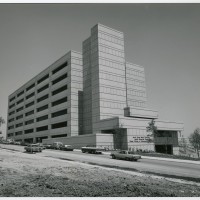

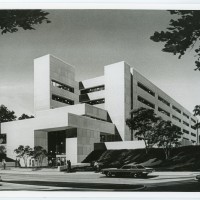
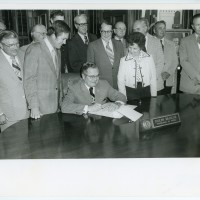


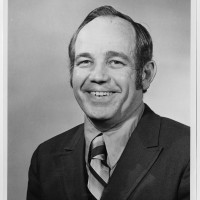

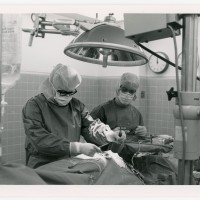
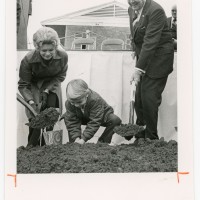
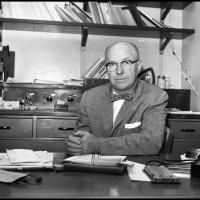
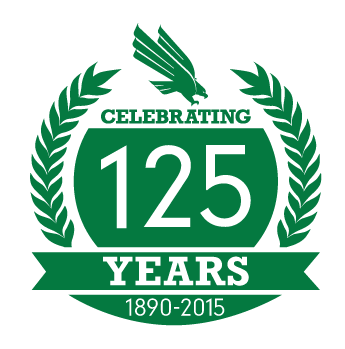

Leave a Reply